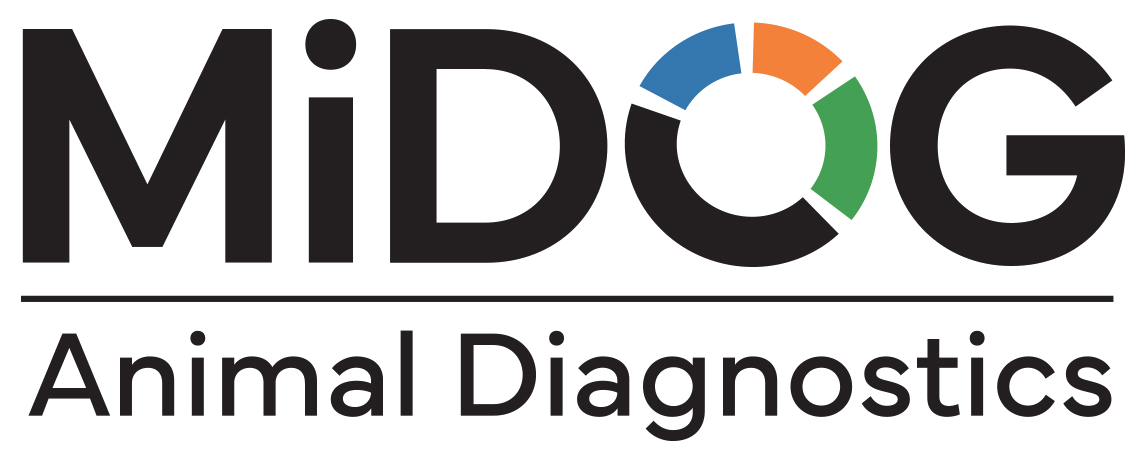Pandas, with their captivating black and white fur and gentle demeanor, have enamored people worldwide. Yet, beneath their charming exterior lies a captivating realm of microbial diversity within their gut. In this study, we delve deep into the intricate ecosystem of the panda gut microbiome, shedding light on its residents and the challenges confronting these beloved bears in the wild and in captivity.
Bacteria: Vital for Digestive Health
At the forefront of the panda gut microbiome are bacteria, pivotal in digestion and overall well-being. Firmicutes and Bacteroidetes dominate, aiding in bamboo breakdown, their primary food source. Possessing unique enzymes, these bacteria efficiently process bamboo’s tough cellulose and lignin, facilitating nutrient extraction from this fibrous diet.
Disruptions in bacterial balance can lead to gastrointestinal issues and infection susceptibility. In the wild, habitat loss limits bamboo, prompting pandas to adapt to new food sources, potentially altering their gut microbiome. In captivity, dietary changes and stressors can impact gut bacteria composition, heightening digestive risks.

Fungi: Partners or Pathogens?
Fungi, alongside bacteria, inhabit the panda gut, influencing nutrient metabolism and immune function. Some fungi aid digestion and detoxification, while others pose threats as opportunistic pathogens. Candida and Aspergillus species in the panda gut raise concerns, especially in captive populations where environmental factors promote fungal overgrowth.
Understanding fungal dynamics is crucial for panda health. Research into antifungal strategies and dietary interventions may mitigate fungal infection risks in pandas, both in the wild and in captivity.
Protists and Viruses: A Microbial Tapestry
The panda gut microbiome hosts diverse protists and viruses, enriching its microbial complexity. While protists’ roles remain unexplored, their presence highlights microbial interactions’ multifaceted nature. Viruses, pivotal in shaping the panda gut microbiome, exert selective pressures on bacterial populations, influencing host immune responses.
Viral infections’ impact on panda health warrants further investigation, with implications for conservation and captive management practices.
Unique Panda Lifestyle Insights
Insights into panda lifestyle offer valuable context for understanding gut microbiome dynamics. Renowned for their bamboo-centric diet, pandas face unique challenges. Recent studies reveal physiological and metabolic adaptations aiding bamboo digestion, underscoring the intricate interplay between diet, physiology, and microbial ecology.
Streptococcus alactolyticus: A Key Player in Panda Gut Dynamics
Streptococcus alactolyticus emerges as a pivotal species in the panda gut microbiome. While understudied, its prevalence and potential implications for digestive health and immune modulation are noteworthy. Known for fermenting carbohydrates, it produces short-chain fatty acids crucial for intestinal homeostasis.
Understanding its role is crucial for maintaining gut microbial balance and promoting panda health. Further research into its interactions and impact on host physiology is warranted, offering insights for conservation efforts.
Conclusion: Preserving the Panda Microbiome
In summary, the panda gut microbiome is a complex ecosystem shaped by bacterial, fungal, protist, and viral interactions. Understanding this community dynamics is essential for panda health and conservation. By unraveling its mysteries and addressing infection challenges, we can safeguard these iconic bears for generations.
Next-generation DNA sequencing-based diagnosis, like the MiDOG All-in-One Test, offers a promising avenue for monitoring the gastrointestinal health of pandas. By providing comprehensive insights into the panda gut microbiome, this advanced technology enables zoo veterinarians to swiftly detect and diagnose any deviations from normal microbial composition, facilitating timely intervention if a panda falls ill. With the ability to identify pathogens and assess antibiotic resistance profiles, next-generation DNA sequencing equips veterinarians with invaluable information for tailoring effective treatment strategies and promoting the overall well-being of pandas in captivity.
References:
Wei, F., et al. “Adaptation of Giant Pandas to Bamboo Nutrition: Biomolecular Evidence from Stomach Content.” Proceedings of the National Academy of Sciences 96.7 (1999): 4457-4460.
Li, C., et al. “Molecular Diversity of Fungal Communities in the Giant Panda (Ailuropoda melanoleuca) from Different Habitats.” Frontiers in Microbiology 10 (2019): 3084.
Xue, Y., et al. “Gut Microbiota as a Potential Biomarker of Major Diseases in the Giant Panda (Ailuropoda melanoleuca).” Frontiers in Microbiology 10 (2019): 2183.
Zhang, W., et al. “Gut Microbiota of Giant Pandas May Adapt to Their Highly Bamboo Diet.” Microbial Ecology 69.3 (2015): 642-651.
Wu, Q., et al. “Metagenomic Insights into the Effects of Bamboo Diet on Gut Microbiota Composition and Function in Giant Pandas.” Microbiome 5.1 (2017): 1-15.
